How Can Small Businesses Get Out Of Debt
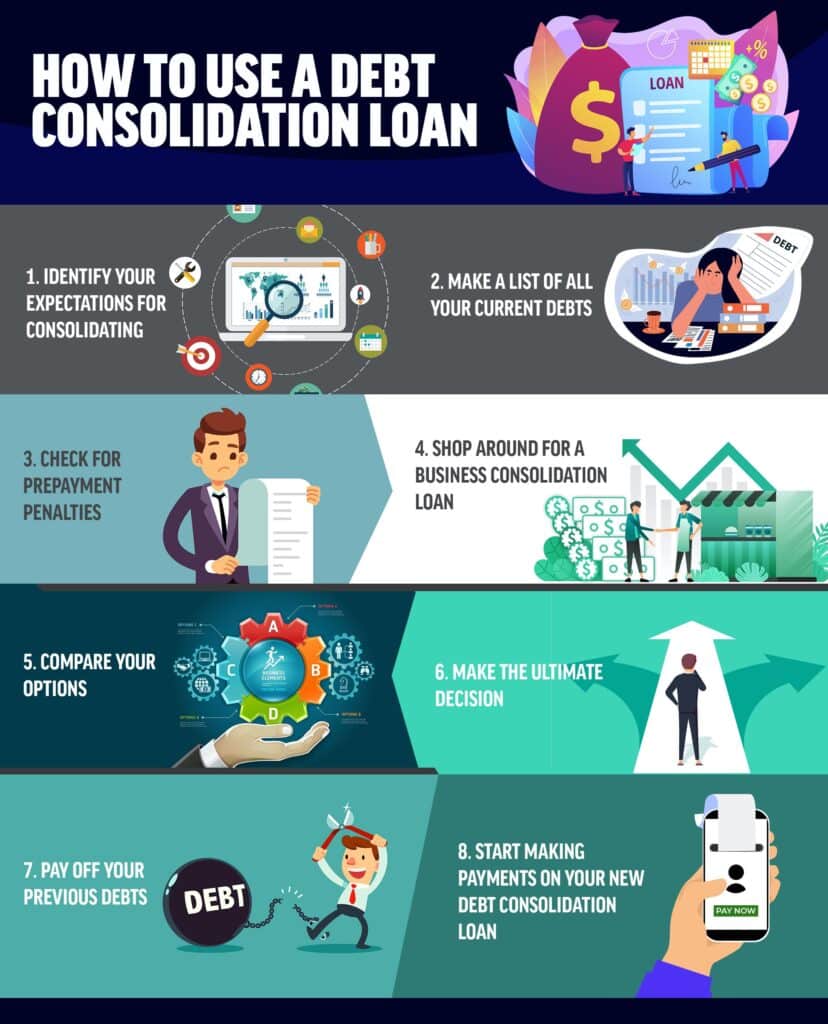
Imagine Sarah, the owner of a charming little bakery. The aroma of freshly baked bread usually fills her shop, bringing smiles to customers' faces. But lately, a cloud of worry hangs heavy in the air, as business loans and mounting operational costs cast a long shadow over her dream. Sarah’s situation isn’t unique; countless small business owners find themselves grappling with the weight of debt, searching for a lifeline in a turbulent economic landscape.
Navigating the complex world of small business debt can feel overwhelming. However, with strategic planning, access to resources, and a resilient mindset, escaping the debt trap is within reach. This article will explore actionable strategies and expert advice to help small businesses like Sarah’s regain financial stability and pave the way for a brighter future.
Understanding the Landscape of Small Business Debt
Small businesses often rely on debt to fuel growth, manage cash flow, or weather unexpected storms. According to the Small Business Administration (SBA), common sources of debt include bank loans, lines of credit, and credit cards. While debt can be a powerful tool, it becomes a burden when interest rates rise, revenue dips, or unforeseen expenses emerge.
A recent study by the Federal Reserve highlighted that a significant percentage of small businesses struggle with debt repayment, impacting their ability to invest in their operations and create jobs. Understanding the specific type of debt, its terms, and the overall financial health of the business is the crucial first step toward finding a solution.
Strategies for Taming the Debt Beast
One of the most effective strategies is to create a detailed financial plan. This involves analyzing all income and expenses, identifying areas where costs can be cut, and projecting future cash flow. "A budget is a roadmap to financial freedom," says financial advisor, Melissa Thomas, "It allows you to see where your money is going and make informed decisions about how to allocate it."
Next, explore options for debt consolidation or refinancing. Consolidation involves combining multiple debts into a single loan with a lower interest rate. Refinancing, on the other hand, replaces an existing loan with a new one that has more favorable terms. These strategies can significantly reduce monthly payments and save money in the long run.
Consider negotiating with creditors. Many lenders are willing to work with small business owners who are struggling to make payments, especially if they demonstrate a proactive approach. Negotiating lower interest rates, extended repayment terms, or temporary payment deferrals can provide much-needed breathing room. Don’t be afraid to
“Ask, the worst they can say is no,”says business coach, David Miller.
Seeking External Support and Resources
Numerous resources are available to help small businesses manage their debt. The SBA offers various loan programs, counseling services, and educational resources. The Small Business Development Centers (SBDCs) provide free or low-cost business consulting and training.
Non-profit organizations like SCORE offer mentoring and workshops to help entrepreneurs navigate the challenges of running a business. Seeking professional advice from a financial advisor or accountant can also provide valuable insights and guidance.
Online resources and tools, such as budgeting apps and debt management software, can streamline the financial planning process and provide real-time insights into cash flow. Take advantage of these accessible resources to gain a better understanding of your financial situation and make informed decisions.
Embracing a Long-Term Financial Vision
Getting out of debt is not just about short-term fixes; it's about creating a sustainable financial future. Develop a long-term financial vision that includes building an emergency fund, diversifying income streams, and investing in growth opportunities. This will help protect your business from future financial challenges and enable you to achieve your long-term goals.
Sarah, armed with a newfound understanding of her finances and a solid plan, began implementing these strategies. She negotiated better terms with her suppliers, streamlined her menu to reduce waste, and actively sought out new customers through social media marketing. Slowly but surely, the cloud of worry began to dissipate, replaced by a renewed sense of hope and determination. With each small victory, Sarah's bakery became a testament to the resilience and ingenuity of small business owners everywhere.
The journey out of debt requires patience, discipline, and a willingness to adapt. While there will inevitably be bumps along the road, remember that you are not alone. By embracing a proactive approach, seeking support when needed, and staying true to your vision, you can overcome the challenges of debt and build a thriving, sustainable business.
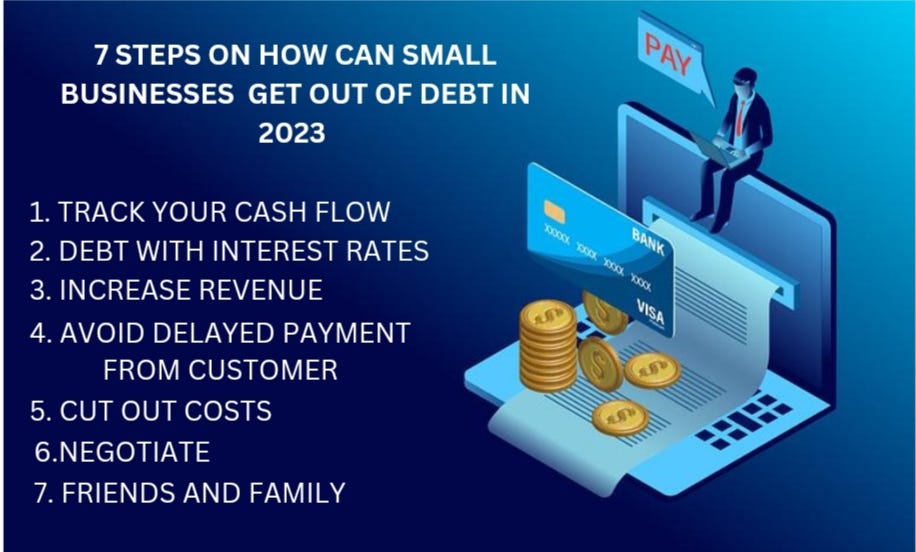
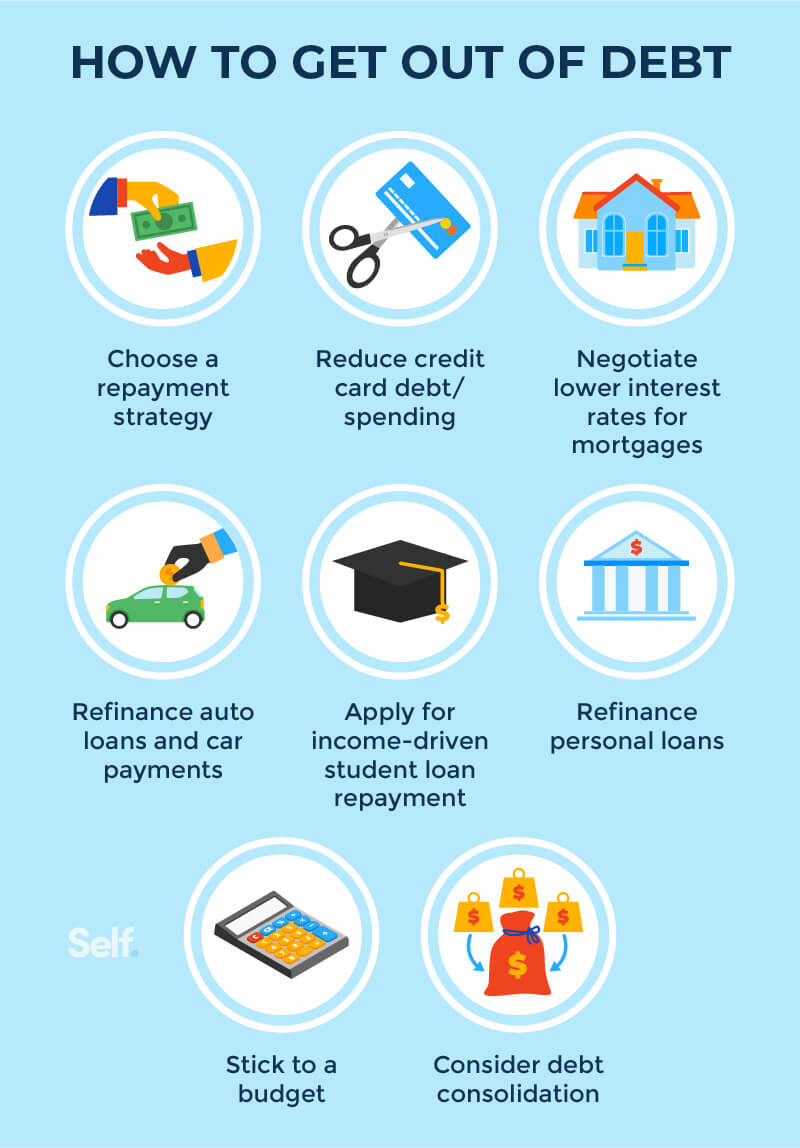



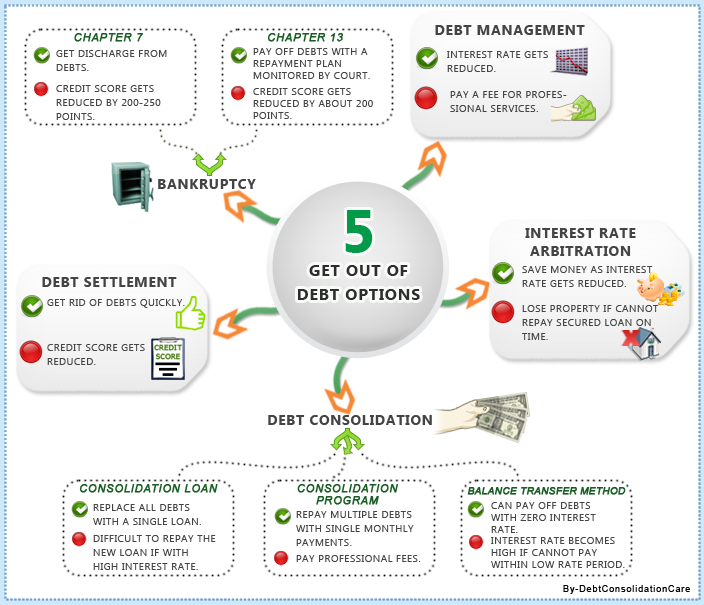




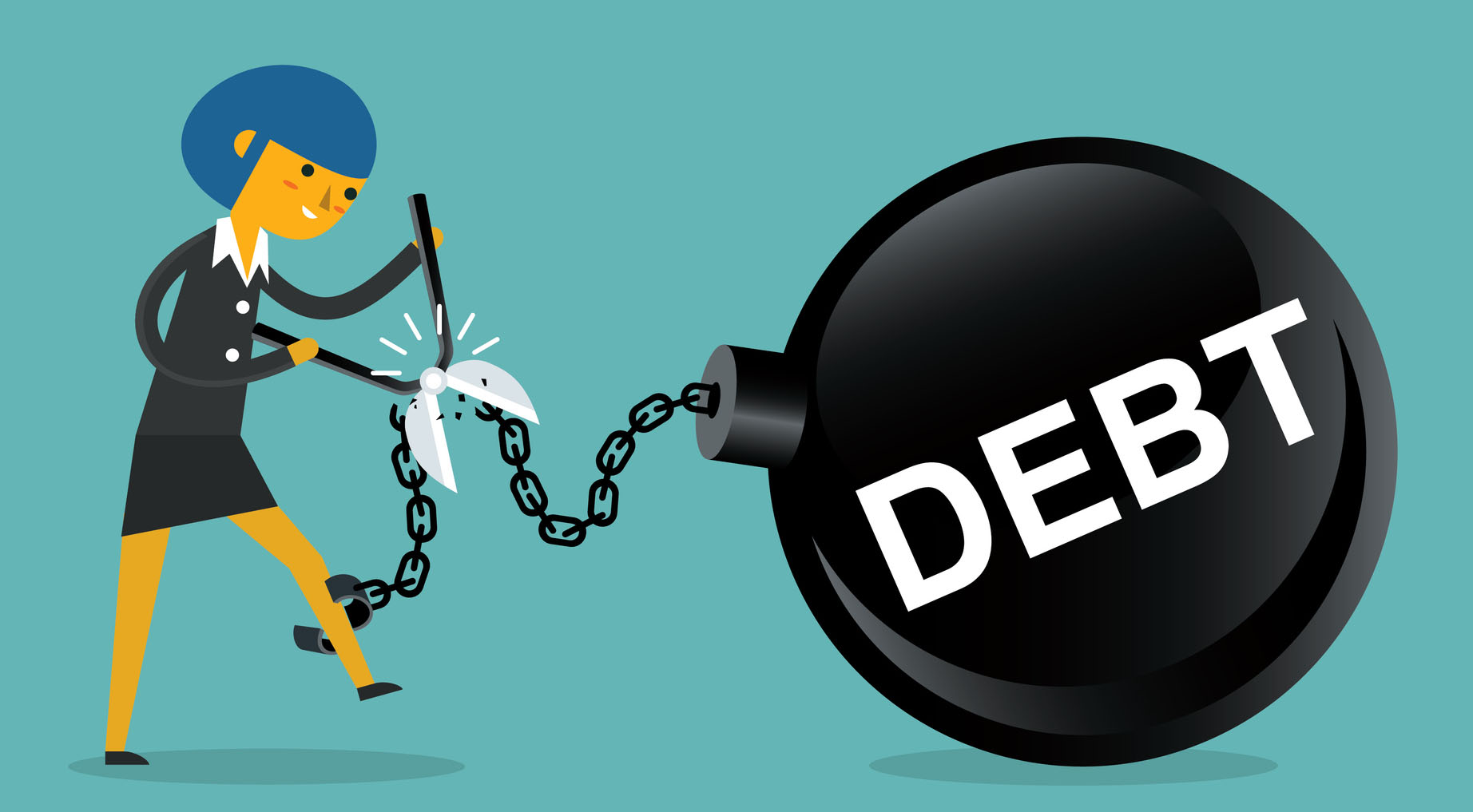


:max_bytes(150000):strip_icc()/digging-out-of-debt_final-b14f7e15866443b3a3b87745ea178ef8.png)




